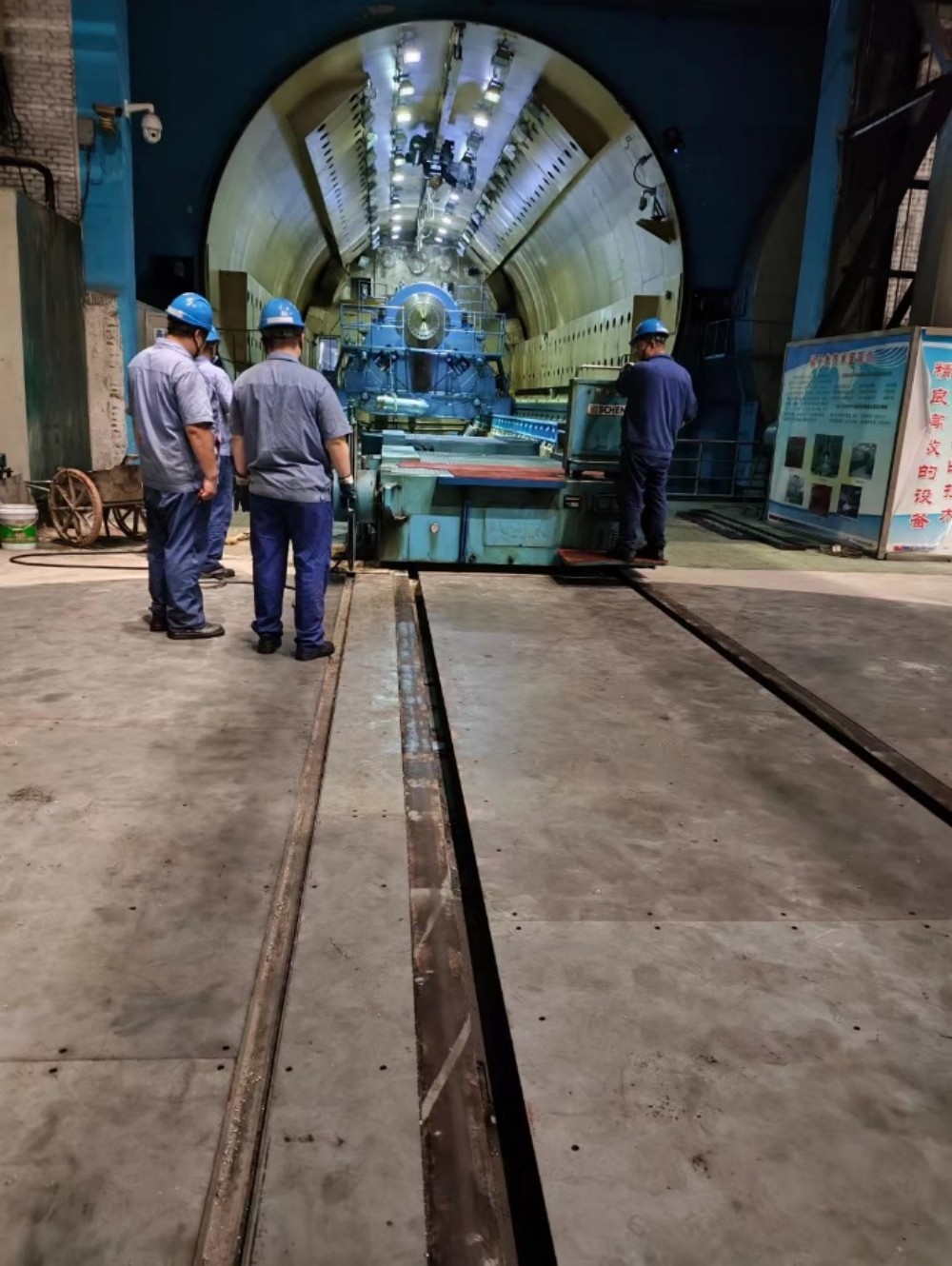In the realm of construction, materials play a pivotal role in shaping the durability, functionality, and aesthetics of structures. From towering skyscrapers to humble residential buildings, the choice of materials can make or break a project. In this blog post, we will delve into the world of construction materials, exploring their significance, types, and key considerations. Join us on this journey as we uncover the secrets behind the materials that bring architectural visions to life.
- The Significance of Materials in Construction:
Materials form the building blocks of any construction project, serving as the backbone of structural integrity. They determine the strength, stability, and longevity of a building, ensuring its ability to withstand external forces and environmental conditions. Moreover, materials contribute to energy efficiency, sound insulation, fire resistance, and overall occupant comfort. Understanding the significance of materials is crucial for architects, engineers, and construction professionals alike. - Types of Construction Materials:
2.1. Concrete: The most widely used construction material, concrete offers versatility, durability, and cost-effectiveness. We will explore different types of concrete, such as reinforced, precast, and high-performance concrete, along with their applications and benefits.
2.2. Steel: Known for its exceptional strength-to-weight ratio, steel is a popular choice for structural frameworks. We will discuss the various forms of steel used in construction, including structural steel, steel reinforcement, and steel alloys, highlighting their advantages and considerations.
2.3. Wood: A timeless and sustainable material, wood brings warmth and natural beauty to construction projects. We will delve into different types of wood, such as hardwood and softwood, exploring their characteristics, applications, and environmental impact.
2.4. Masonry: From bricks to stones, masonry materials offer strength, durability, and aesthetic appeal. We will examine the different types of masonry construction, including brickwork, stonework, and concrete blocks, discussing their advantages and limitations.
2.5. Sustainable Materials: In an era of environmental consciousness, sustainable materials are gaining prominence. We will explore eco-friendly options like recycled materials, bamboo, and rammed earth, highlighting their benefits in terms of energy efficiency, reduced carbon footprint, and waste reduction.
- Key Considerations in Material Selection:
3.1. Structural Requirements: Different projects demand different materials based on their load-bearing capacity, flexibility, and resistance to forces like wind, earthquakes, and vibrations. We will discuss how to assess structural requirements and select materials accordingly.
3.2. Environmental Factors: Materials should be chosen with consideration for the local climate, temperature fluctuations, moisture levels, and exposure to elements. We will explore how materials can be selected to optimize energy efficiency, thermal insulation, and weather resistance.
3.3. Cost and Availability: Budget constraints and material availability are crucial factors in construction projects. We will provide insights into cost-effective alternatives and strategies for sourcing materials without compromising quality.
3.4. Aesthetics and Design: Materials contribute to the visual appeal and architectural style of a building. We will discuss how to select materials that align with the desired aesthetics, exploring the interplay between form and function.
Conclusion:
Materials are the backbone of construction, shaping the strength, durability, and visual appeal of buildings. By understanding the significance of materials, exploring their types, and considering key factors in selection, construction professionals can make informed decisions that optimize project outcomes. From concrete to steel, wood to sustainable alternatives, each material has its unique properties and applications. By harnessing the power of materials, architects and engineers can bring their visions to life, creating structures that stand the test of time.




More Stories
The Versatility of Fiberglass Woven Cloth in Industrial Applications
Top Benefits of Installing Industrial Fire Doors in High-Risk Environments
Why H20 Beams Are Essential for Large-Scale Construction and Infrastructure Projects